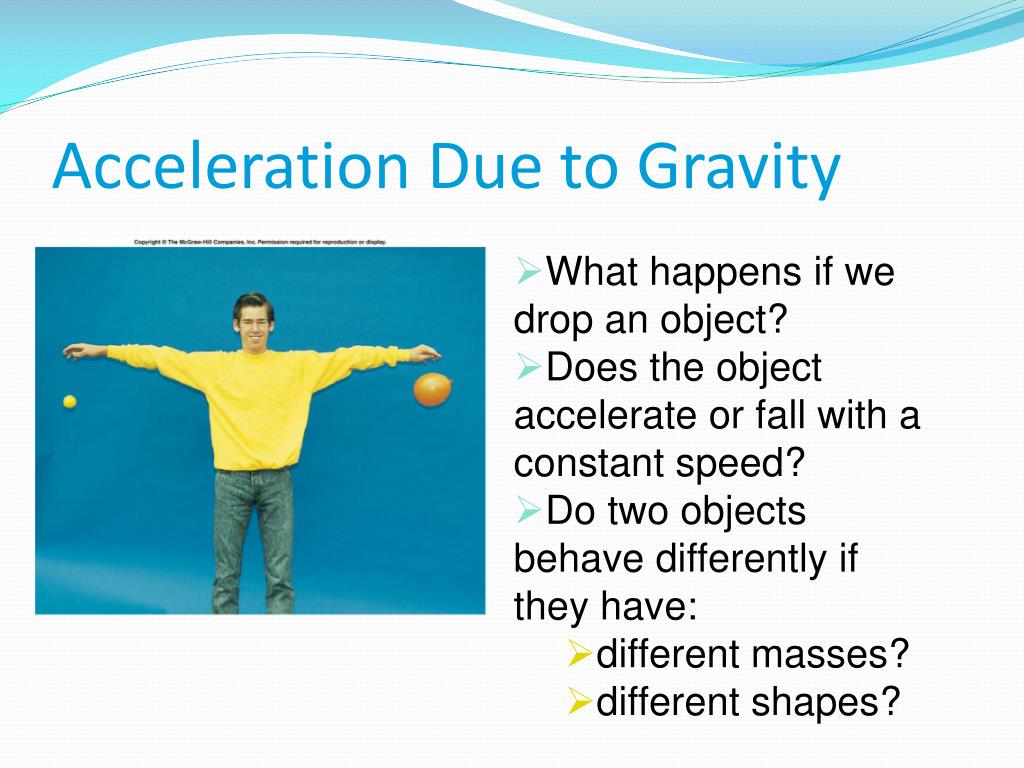

Now we just need to solve this differential equation here, So just like we did in the previous problem, we first integrate our second derivative with respect to time. And then we should also have that our initial displacement, so s of zero is just going to be That's some not that's not. Remember, this is really just the first derivative. Those V of zero should be equal to Veena. And now we can go ahead and have the initial values of will our velocity function. Second derivative of displacement, with respect to time is going to be negative of our gravity. So we should start with the differential equation.

All right, so we are going to start with, So gravity is acceleration. So we're gonna follow the exact same steps that we did previously for this. And they want us to go ahead and derive that equation without directly using what we did in exercise 1 29 So they first cells to set up some initial value problem and solve that to actually get the equation that they're telling us.
#Measuring acceleration due to gravity lab free#
So they give us this equation for the free fall near the surface of a planet. Report on Laboratory Experiment “Acceleration Due toĮxperimental gravitational acceleration g The acceleration of gravity g near the Earth’s surfaceĭistance from the object to the Earth’s surface.ĭoes the value of g depend on the height h in Magnitude of the gravitational acceleration. When we are close to the surface of the Earth, thenĪccurate measurements show that the magnitude of the acceleration H in a time interval t, then it turns out has zero initial speed) through a vertical distance Travel in the vertical direction over large distances. Magnitude g and direction) as long as this body does not Undergoing a free fall has a constant acceleration (both in

It is very close to the mean of a number of recent absolute determinations by other methods, but this may not be very significant because the uncertainties of those determinations and of the comparisons between the sites at which they were made and the present site are not less than 5 times the standard deviation of the new result.A body falling under the influence of gravity only is said to be Clark (1939) using a reversible pendulum. The new result is 1.4 mgal less than that obtained at the fundamental station by J. The main contribution to the observed scatter of the results comes from microseismic disturbances. Systematic errors, are believed to be very small this is particularly true of the error due to air resistance. The value of gravity as reduced to the British Fundamental Gravity Station in the N. The separation of the two planes defined by the pairs of slits was measured interferometrically and referred directly to the international wavelength definition of the metre, while the time intervals were measured in terms of the atomic unit of time scale A l. The moving body was a glass ball and it was timed at its passage across two horizontal planes by the flashes of light that it produced when it passed between two horizontal slits which served to define each plane optically, the ball focusing light from one of the slits, which was illuminated, upon the other slit which had a photomultiplier placed behind it. A new absolute determination of the acceleration due to gravity at the National Physical Laboratory has been made by timing the symmetrical free motion of a body moving under the attraction of gravity it is the first time this method has been used.


 0 kommentar(er)
0 kommentar(er)
